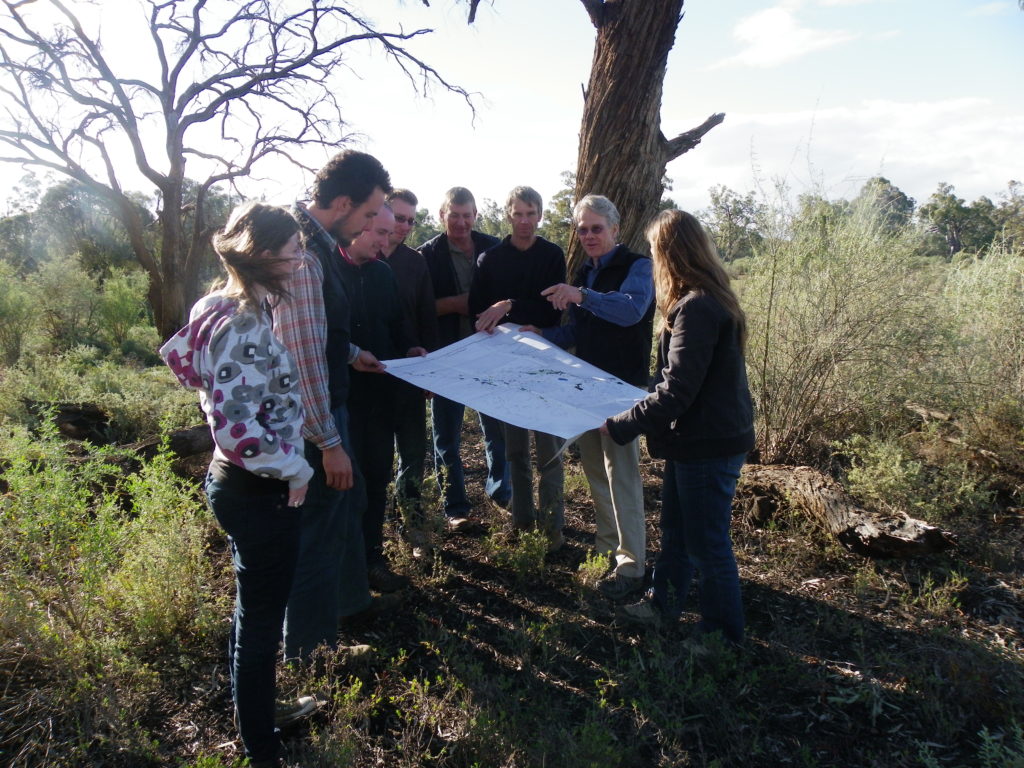Story sent by Frank Weisenberger, Frank Weisenberger Consulting
A recent publication in the journal “Environmental Management & Restoration” (Vol.18 No. 03) co-authored by Australian Conservation Coaches, practitioners and members of the Australian CCNet Coordinating Committee explores the use of Conservation Action Planning (CAP), Healthy Country Planning (HCP) and the Open Standards (OS) by conservation planners, practitioners and policymakers in Australia. The article documents the history, evolution and application of CAP, HCP and OS in over 140 projects by more than 20 organisations, covering an area of almost 160 million ha of Australia’s landmass, and discusses its strengths, limitations and lessons learnt by users.

Conservation Action Planning (CAP) at Neds Corner, north-west Victoria. CAP is an
adaptive management framework that guides the development of strategies, work plans and measures
of success to achieve conservation impact. (Photograph: James Fitzsimons).
In this article authors conclude that “Conservation Action Planning is increasingly being used at a range of scales for planning conservation actions in Australia. Its growth is due to many factors including the inclusive and participatory nature of the planning process and the adaptive nature of the planning cycle, and most importantly, its ability to focus on achieving the most effective conservation outcomes. The uptake of CAP, the diversity of users, locations and scales of application indicate that it is a useful tool that is able to be modified and supplemented with other processes and planning approaches.
The support provided through published and online resources and the integration of CAP in the global ‘Open Standards for the Practice of Conservation framework’ provides rigour, backup, resources and capacity to the CAP process. The availability of CAP coaches and an established network of Conservation Coaches (that itself is part of a global coach’s network that provide access to the knowledge and resources of a global team) offer significant assistance to users. CAP will continue to evolve, adapt and grow as a result of its use by a range of groups and organisations in Australia. The evolution of CAP to support the aspirations of Indigenous people in their land and sea management is a good example of this adaptation and evolution at work, and these developments are now being noted, promoted and exported worldwide.”
We invite you to read the full article here: http://onlinelibrary.wiley.com/doi/10.1111/emr.12267/abstract
